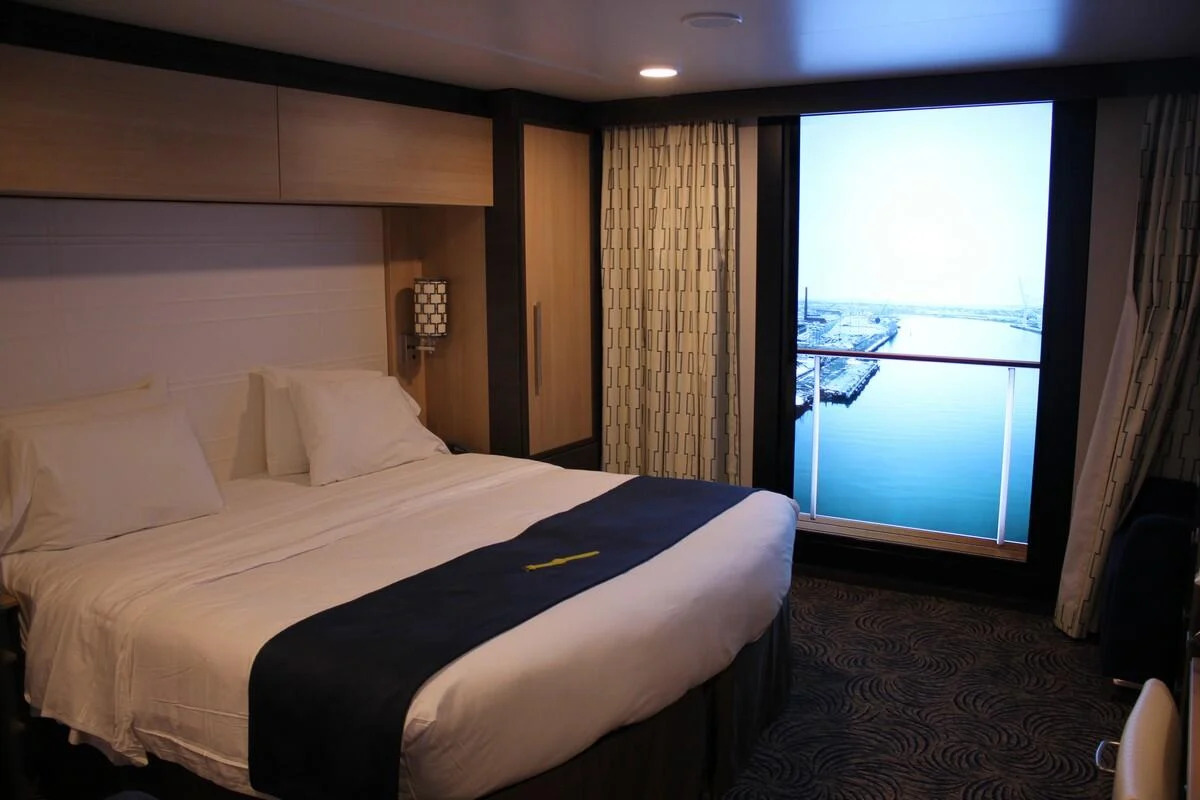

Articles
What Is A Virtual Balcony On A Cruise Ship
Modified: January 4, 2024
Discover the concept of a virtual balcony on cruise ships and how it enhances your experience. Read our articles for all the information you need.
(Many of the links in this article redirect to a specific reviewed product. Your purchase of these products through affiliate links helps to generate commission for Storables.com, at no extra cost. Learn more)
Introduction
Picture yourself on a luxury cruise ship, sailing through turquoise waters, with the sun kissing your face and a refreshing ocean breeze in your hair. The view from the balcony of your stateroom is breathtaking, providing a private oasis where you can immerse yourself in the beauty of the sea. But what if you could experience this same sense of tranquility and awe without actually having a physical balcony?
Welcome to the world of virtual balconies on cruise ships, a revolutionary concept that combines cutting-edge technology with the allure of a traditional balcony experience. In this article, we will delve into the fascinating world of virtual balconies, exploring what they are, how they work, their benefits and drawbacks, and their presence in the cruise industry.
So, let’s embark on this digital journey and discover the magic of virtual balconies on cruise ships.
Key Takeaways:
- Virtual balconies on cruise ships offer an immersive, cost-effective, and weather-independent alternative to traditional balconies, providing dynamic views and enhanced ambiance for passengers in interior staterooms.
- While virtual balconies lack the physical outdoor experience and may have limitations, they have revolutionized the cruise industry, offering accessibility, improved space utilization, and a viable option for budget-conscious travelers.
Read more: What Is A Balcony Room On A Cruise Ship
Definition of a Virtual Balcony
A virtual balcony is a technological innovation that brings the experience of having a balcony on a cruise ship to interior staterooms. Instead of a physical outdoor space, a virtual balcony utilizes high-definition screens to display real-time video footage of the surrounding ocean views.
These screens are strategically placed on the wall opposite the bed, mimicking the appearance and perspective of a traditional balcony. Through the use of advanced digital technology and high-resolution cameras mounted on the ship’s exterior, passengers can enjoy a live feed of the breathtaking scenery just outside their room.
Virtual balconies are designed to create an immersive experience, giving guests the impression that they have a window to the outside world, even though they are staying in an interior cabin. By displaying high-quality video footage of the mesmerizing ocean, virtual balconies aim to provide a similar sensory experience to that of a physical balcony, enhancing the overall ambiance of the stateroom.
It’s important to note that virtual balconies are not limited to just showing ocean views. Depending on the location and itinerary of the cruise, the live feed can also capture stunning landscapes, sunsets, and even port activities, offering passengers a dynamic and ever-changing view.
Now that we have a clear understanding of what a virtual balcony is, let’s explore how this innovative technology works.
How Does a Virtual Balcony Work?
The concept of a virtual balcony may seem like magic, but it relies on a combination of advanced technology and clever design to create a realistic and immersive experience. Let’s take a closer look at how virtual balconies work:
- High-definition cameras: Cruise ships equipped with virtual balconies are fitted with high-resolution cameras that capture real-time video footage of the surrounding scenery. These cameras are strategically positioned on the ship’s exterior to capture the best views.
- Live feed to interior staterooms: The video footage from the cameras is transmitted via a network of wires and cables to the interior staterooms. The feed is then displayed on a large, high-definition screen mounted on the wall opposite the bed.
- Seamless integration: The virtual balcony screens are seamlessly integrated into the room’s design, resembling the shape and size of a traditional balcony. The perspective and angle of the displayed footage are carefully calibrated to match the view one would have from an actual balcony.
- Interactive features: To enhance the immersive experience, some virtual balcony systems offer interactive features. Passengers can control the displayed views, zoom in or out, and capture screenshots of their favorite moments. This allows for a personalized experience and the ability to capture memories.
- Real-time updates: The video feed is continuously updated in real-time, ensuring that passengers have a live view of the current scenery. Whether it’s sailing through calm waters, passing by iconic landmarks, or docking at a beautiful port, the virtual balcony provides an ever-changing and captivating view.
The combination of these features creates a virtual balcony experience that closely emulates the feeling of being on a cruise ship’s physical balcony. Passengers can wake up to stunning ocean sunrises, relax with a drink while enjoying the sunset, or simply gaze at the rhythmic waves splashing against the ship’s hull.
Now that we know how virtual balconies work, let’s explore the benefits they offer to passengers on a cruise ship.
Benefits of Having a Virtual Balcony on a Cruise Ship
Virtual balconies offer a multitude of advantages for passengers on a cruise ship, enhancing their overall experience and providing a unique perspective. Let’s explore some of the key benefits of having a virtual balcony:
- Accessibility: Virtual balconies bring the beauty of outdoor views to interior staterooms, making them accessible to a larger number of passengers. Not everyone can afford or choose a stateroom with a physical balcony, but with virtual balconies, anyone can enjoy the picturesque scenery from the comfort of their room.
- Cost-effective: Virtual balconies offer a more budget-friendly option for cruise ship passengers who still want to enjoy the experience of gazing out at the ocean. With the cost of staterooms with physical balconies typically higher, virtual balconies provide a more affordable alternative without compromising on the immersive ambiance.
- Enhanced ambiance: The virtual balcony’s live feed of the surrounding ocean views adds an extra layer of ambiance to the stateroom. Passengers can enjoy the tranquility and serenity of the sea, even if they don’t physically step outside onto a balcony. The visual beauty and peaceful nature of the ocean contribute to a more relaxing and enjoyable atmosphere.
- Dynamic views: Unlike traditional balconies, which offer a static view, virtual balconies provide ever-changing scenery. Passengers can witness breathtaking sunrises, admire glorious sunsets, and marvel at different landscapes as the ship sails from one destination to another. The dynamic nature of the views keeps passengers engaged and enthralled throughout their cruise.
- Weather independence: One of the drawbacks of physical balconies is that they are weather-dependent. Adverse weather conditions like rain or strong winds can limit the time passengers can spend outdoors. With virtual balconies, passengers can still capture the beauty of the surroundings, regardless of the weather outside. They can stay cozy and comfortable in their stateroom while still enjoying the panoramic views.
- Improved space utilization: Virtual balconies optimize space utilization on a cruise ship by converting interior staterooms into visually appealing and immersive spaces. By eliminating the need for physical balconies, cruise lines can utilize the available space more efficiently, accommodating more passengers and offering a wider range of stateroom options.
Overall, virtual balconies enhance the cruise experience by providing a cost-effective, accessible, and visually captivating alternative to traditional balconies. They bring the beauty of the sea directly into the stateroom, allowing passengers to connect with nature and enjoy the ever-changing ocean views.
However, virtual balconies do have some drawbacks. Let’s explore them in the next section.
A virtual balcony on a cruise ship is a high-definition floor-to-ceiling screen that displays real-time views from outside the ship, giving passengers the experience of having a balcony room without actually having one.
Drawbacks of Virtual Balconies
While virtual balconies offer many advantages, there are a few drawbacks to consider. Let’s take a closer look at some of the limitations of virtual balconies:
- Lack of physical space: One of the most prominent drawbacks of virtual balconies is the absence of a physical outdoor space. Passengers don’t get the opportunity to step outside, feel the ocean breeze, or soak up the sun on a traditional balcony. The immersive experience provided by virtual balconies cannot replicate the sensory experience of a real outdoor space.
- Dependence on technology: Virtual balconies rely heavily on technology, including cameras, screens, and a network infrastructure. Technical glitches or malfunctions could result in the loss of the virtual balcony experience. Power outages, internet connectivity issues, or equipment failures could disrupt the live feed, impacting the overall experience for passengers.
- Limited view angles: While virtual balcony screens are designed to mimic the perspective of a traditional balcony, the angles and views may still be limited compared to an actual outdoor space. Passengers may not have the freedom to choose their preferred vantage point or enjoy a 180-degree view of the surroundings. The fixed position and framing of the video feed may restrict the full panoramic view.
- Visual quality limitations: Despite advancements in technology, virtual balcony screens may not provide the same visual quality as looking through a physical window or balcony railing. The resolution and sharpness of the video feed may not match the clarity and detail of viewing the real world. This could result in a slightly diminished visual experience for some passengers.
- Lack of privacy: Virtual balconies are located within interior staterooms, which means that other passengers in nearby rooms could potentially see the live feed on their own virtual balconies. This lack of privacy may deter some passengers who would prefer to enjoy their own personal space without the concern of others observing their view or activities through the screens.
It’s important to consider these drawbacks when deciding between a stateroom with a physical balcony and one with a virtual balcony. While virtual balconies offer convenience, affordability, and an immersive experience, they may not fully replicate the experience of having an actual outdoor space.
Now that we’ve explored the benefits and limitations of virtual balconies, let’s take a look at how this technology is being utilized in the cruise industry.
Virtual Balcony Technology in the Cruise Industry
Virtual balcony technology has gained popularity in the cruise industry, with many major cruise lines adopting this innovative feature to enhance the guest experience. Let’s explore how virtual balconies are being implemented in the industry:
- Royal Caribbean International: Royal Caribbean was one of the pioneers in introducing virtual balconies on their ships. Their “Virtual Balcony Staterooms” feature floor-to-ceiling high-definition screens that display live views of the ocean. The screens are strategically positioned to create the illusion of a real balcony, providing interior staterooms with a more immersive experience.
- Norwegian Cruise Line: Norwegian Cruise Line introduced “Inside Balcony Staterooms” on some of their ships. These staterooms feature virtual balconies with high-definition screens that display real-time footage of the surrounding views. Norwegian’s virtual balconies aim to provide an enhanced visual experience for passengers staying in interior accommodations.
- Carnival Cruise Line: Carnival Cruise Line also offers virtual balconies on select ships. Their “Interior Upper/Lower Staterooms” feature high-definition screens that display live video feeds of the ocean views. Carnival’s virtual balconies provide a more immersive experience for passengers who choose interior accommodations.
- Other cruise lines: Virtual balconies are not exclusive to Royal Caribbean, Norwegian, and Carnival. Other cruise lines, such as MSC Cruises and Celebrity Cruises, have also started implementing this technology on their ships. As the demand for virtual balconies grows, more cruise lines are expected to enhance their offerings with this feature.
The introduction of virtual balconies in the cruise industry has given passengers more options when it comes to choosing their accommodations. It allows cruise lines to provide a wider range of stateroom choices at different price points, catering to different budget preferences.
Cruise lines are continuously investing in technological advancements to improve the virtual balcony experience. This includes enhancing the resolution and visual quality of the video feed, implementing interactive features for passengers, and integrating the virtual balcony technology into new ships and renovated vessels.
The adoption of virtual balcony technology in the cruise industry demonstrates a commitment to innovation and guest satisfaction. It offers a creative solution for passengers who desire the experience of a balcony but prefer the convenience and affordability of interior staterooms.
Now let’s compare virtual balconies with traditional balconies to see how they stack up against each other.
Comparison of Virtual Balconies to Traditional Balconies
When it comes to choosing a cruise ship stateroom, one of the primary decisions passengers face is whether to opt for a traditional balcony or a virtual balcony. Let’s compare the key aspects of both options:
- Outdoor Experience: Traditional balconies provide an authentic outdoor experience, allowing passengers to step outside, feel the breeze, and soak up the sun. Virtual balconies, on the other hand, offer a simulated outdoor experience through high-definition screens, providing a visual connection to the outside world.
- Space: Traditional balconies provide a dedicated outdoor space that adds extra square footage to the stateroom. Virtual balconies maximize the interior space of a stateroom, as they eliminate the need for a physical outdoor area. This is advantageous for passengers who prioritize interior space or are conscious of their budget.
- Privacy: Traditional balconies offer a greater degree of privacy compared to virtual balconies. With a physical balcony, passengers have their own secluded space where they can enjoy the view without any obstructions or disturbances. Virtual balconies, being part of the interior stateroom, lack the same level of privacy.
- Views: In terms of views, both traditional and virtual balconies can provide stunning vistas of the ocean or surrounding landscapes. However, traditional balconies offer a more expansive and panoramic perspective, allowing passengers to enjoy a 180-degree view. Virtual balconies, although they replicate the appearance of a traditional balcony, may have limitations in terms of angles and framing.
- Cost: Traditional balconies are generally more expensive than virtual balconies due to the additional space and outdoor amenities they provide. Virtual balconies offer a more cost-effective option for passengers who still want to enjoy the benefits of a balcony, without the higher price tag.
- Weather Dependence: Traditional balconies are subject to weather conditions, which can limit the time passengers can spend outside. Virtual balconies, on the other hand, allow passengers to enjoy the views regardless of the weather conditions. They can stay comfortably inside their stateroom and still experience the beauty of the surroundings.
Ultimately, the choice between a traditional balcony and a virtual balcony depends on personal preferences, budget constraints, and the desired cruise experience. Passengers seeking an authentic outdoor experience and prioritize privacy may opt for a traditional balcony. Those who are more budget-conscious and value interior space may find virtual balconies to be a suitable alternative.
It’s worth noting that some cruise lines offer a combination of traditional and virtual balconies, giving passengers the flexibility to choose the option that best suits their needs. This allows travelers to enjoy the benefits of both experiences depending on their preferences and budget.
As cruise ship technology continues to evolve, virtual balconies may be enhanced further to provide an even more immersive and realistic experience. However, for those who desire the true outdoor ambiance and unobstructed views, a traditional balcony remains an enticing choice.
With these considerations in mind, passengers can make an informed decision when selecting their ideal cruise ship stateroom.
Conclusion
Virtual balconies on cruise ships have revolutionized the way passengers experience the beauty of the sea and surrounding landscapes. These innovative technological features provide a simulated outdoor experience for those staying in interior staterooms, allowing them to enjoy the mesmerizing views without the need for a physical balcony.
Throughout this article, we have explored the definition of virtual balconies, how they work, their benefits, drawbacks, and their presence in the cruise industry. Virtual balconies offer a range of advantages, including accessibility, cost-effectiveness, enhanced ambiance, dynamic views, weather independence, and improved space utilization.
However, there are some limitations to virtual balconies, such as the lack of physical space, dependence on technology, limited view angles, visual quality limitations, and potential privacy concerns. These drawbacks should be considered when deciding between a virtual balcony and a traditional balcony for an optimal cruising experience.
Virtual balcony technology has gained popularity in the cruise industry, with major cruise lines incorporating this feature into their ships. Royal Caribbean, Norwegian Cruise Line, Carnival Cruise Line, and other companies offer virtual balconies to provide passengers with a more affordable and immersive option to enjoy the beauty of the surroundings.
While virtual balconies can never fully replicate the sensory experience of a physical balcony, they offer a viable alternative for passengers who prefer the convenience and cost-effectiveness of interior staterooms. As technology continues to advance, virtual balcony experiences are expected to become even more realistic and interactive, further enhancing the cruising experience.
In comparison to traditional balconies, virtual balconies provide a different set of advantages and trade-offs. Traditional balconies offer an authentic outdoor experience, added space, increased privacy, and a panoramic view, but at a higher cost. Virtual balconies, on the other hand, maximize interior space, offer cost-effectiveness, provide dynamic views, and are weather-independent, making them a suitable choice for some passengers.
Ultimately, the decision between a virtual balcony and a traditional balcony depends on personal preferences, budget considerations, and the desired cruise experience. Passengers should carefully assess their priorities and weigh the benefits and limitations of both options to make an informed choice.
Virtual balconies have undoubtedly transformed the cruise industry, allowing more passengers to indulge in the breathtaking beauty of the sea. Whether you opt for a traditional balcony or a virtual balcony, the captivating views and serene ambiance of a cruise ship journey are sure to create memories that will last a lifetime.
Frequently Asked Questions about What Is A Virtual Balcony On A Cruise Ship
Was this page helpful?
At Storables.com, we guarantee accurate and reliable information. Our content, validated by Expert Board Contributors, is crafted following stringent Editorial Policies. We're committed to providing you with well-researched, expert-backed insights for all your informational needs.
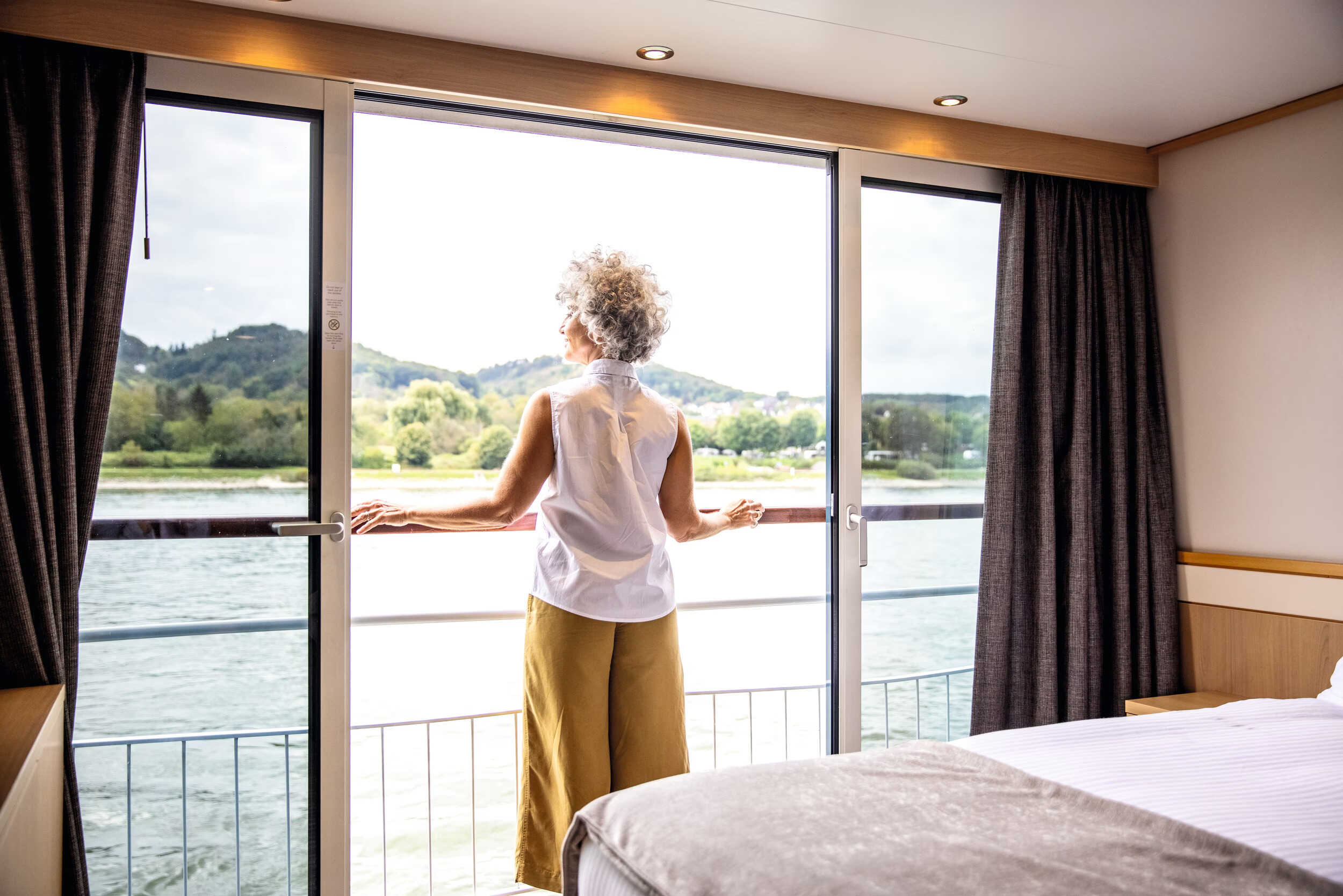

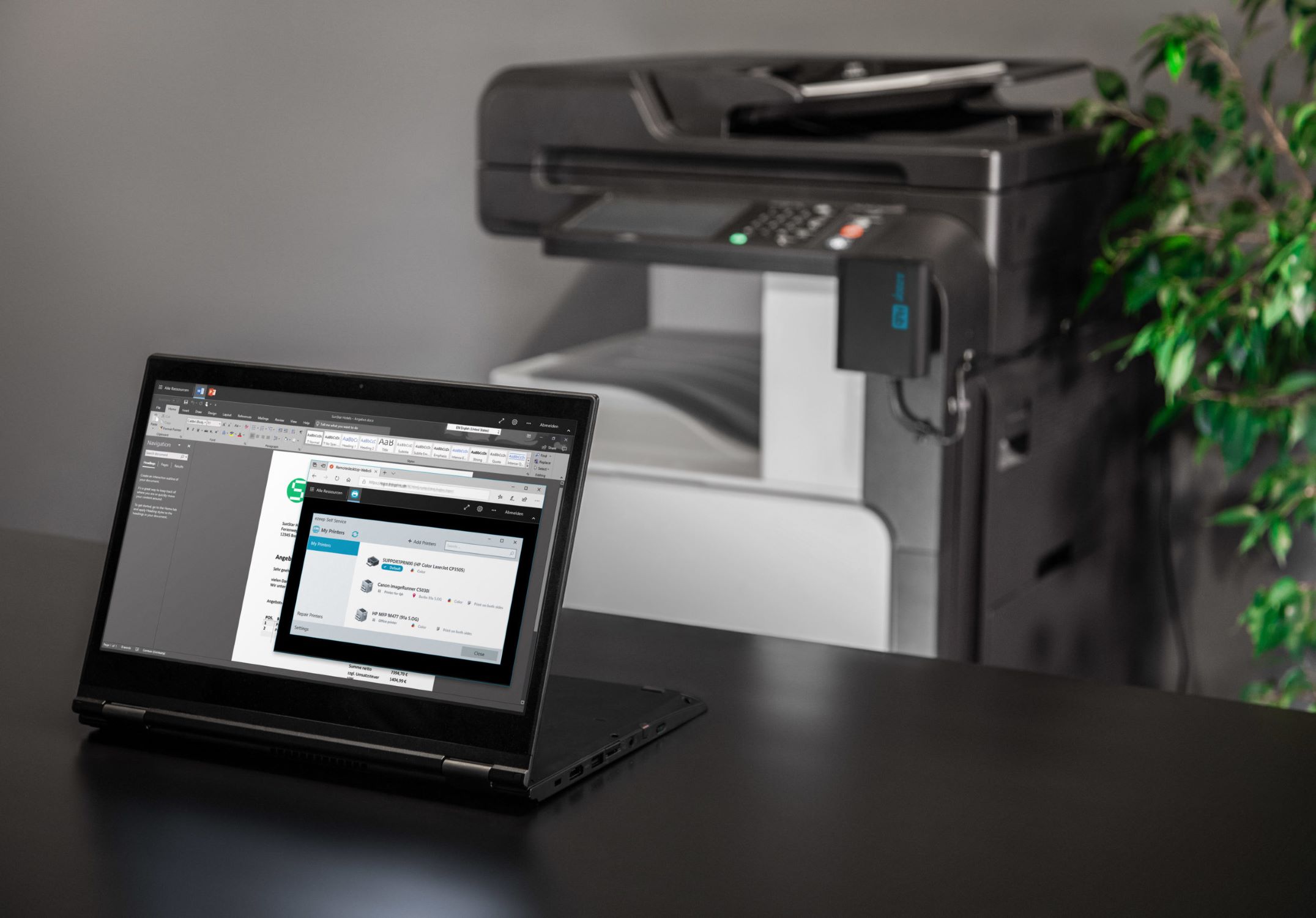
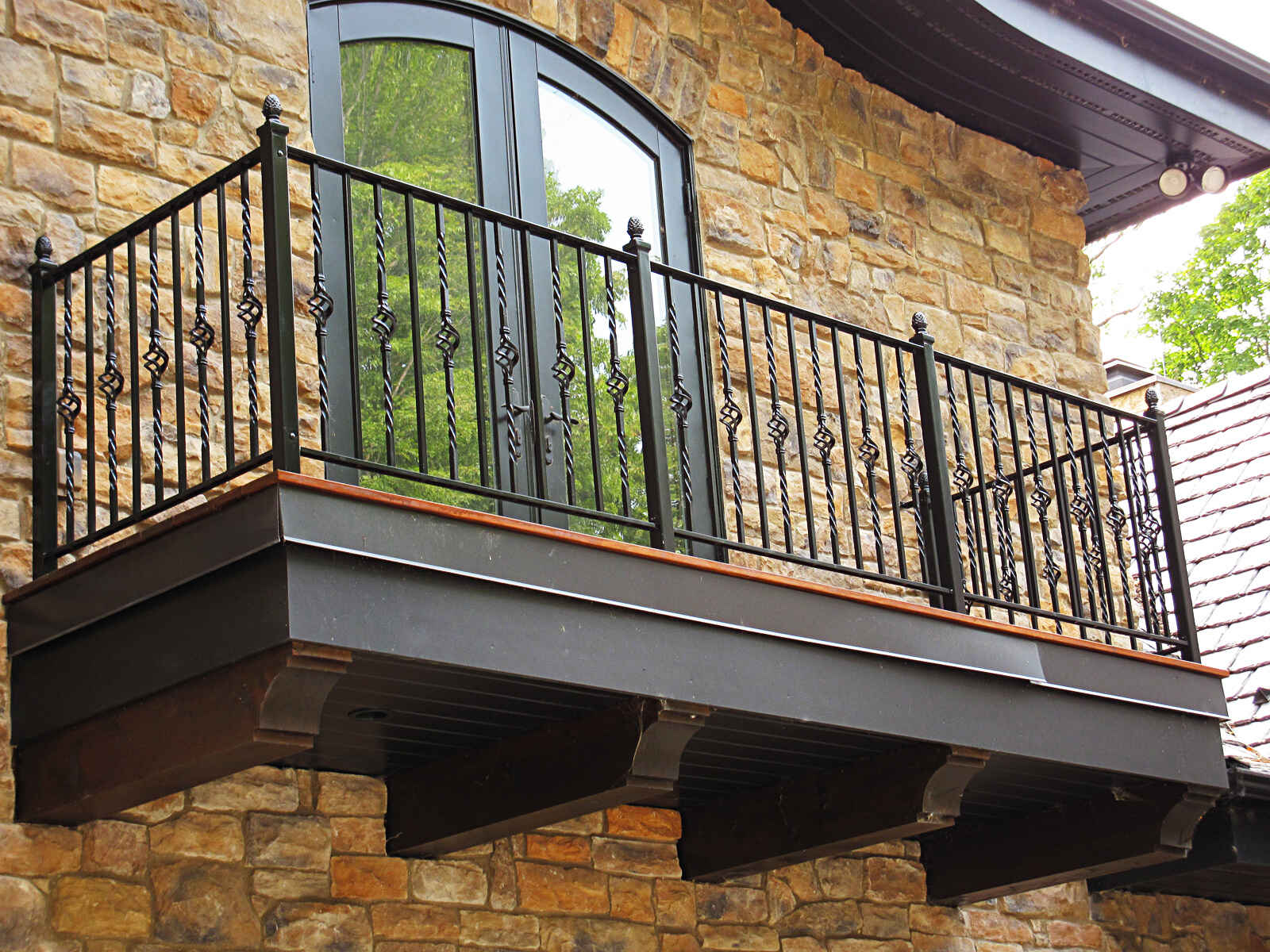
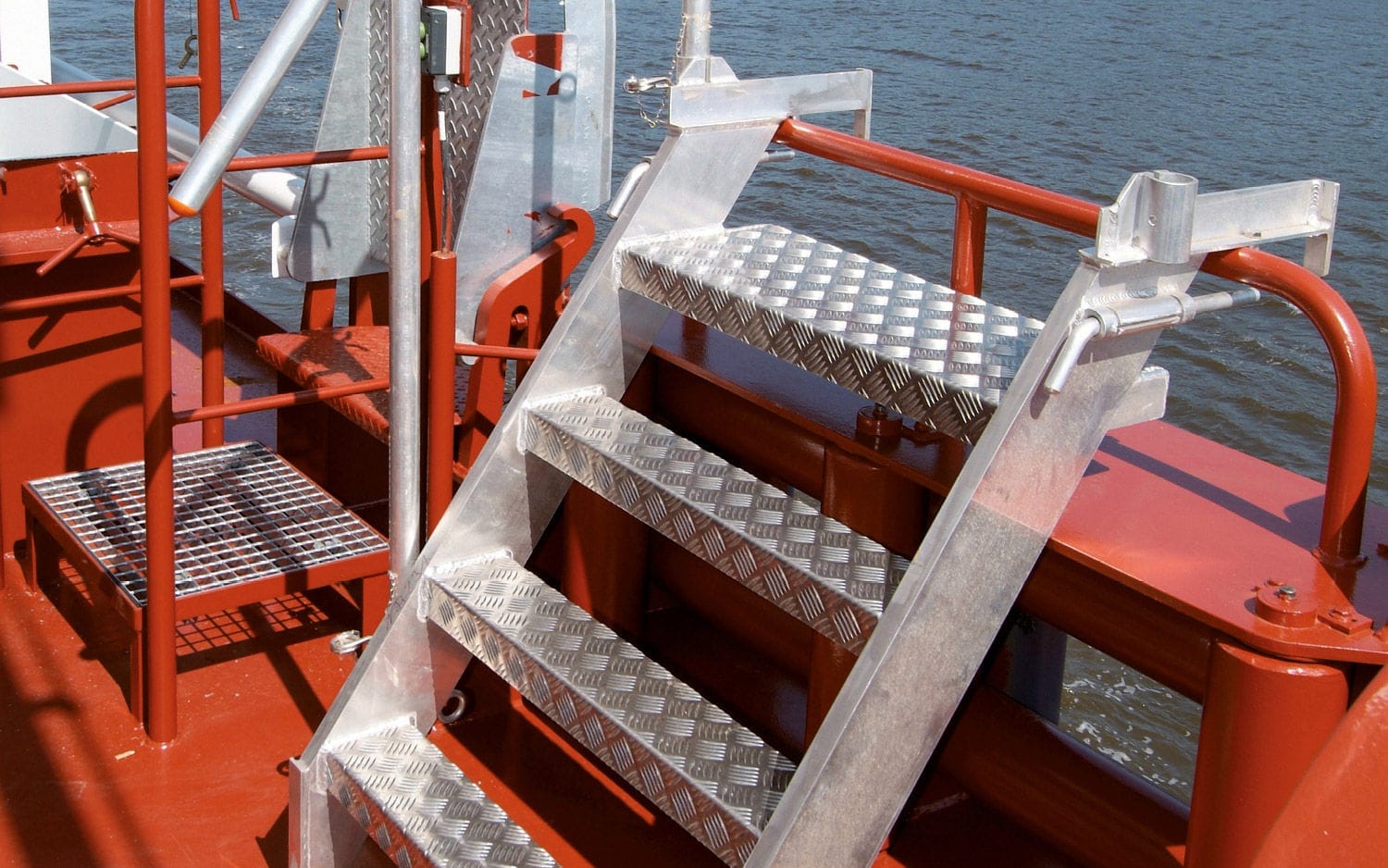


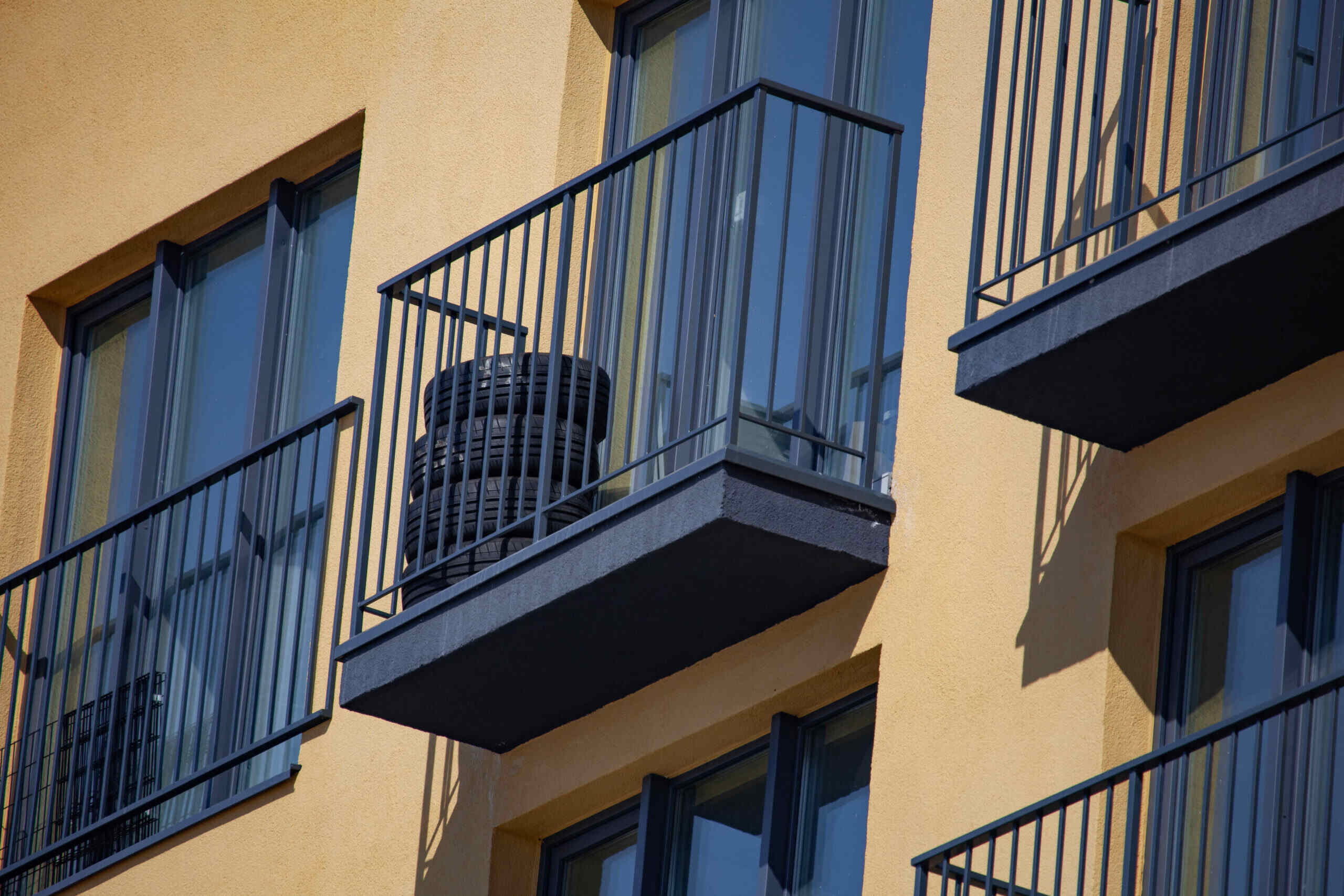
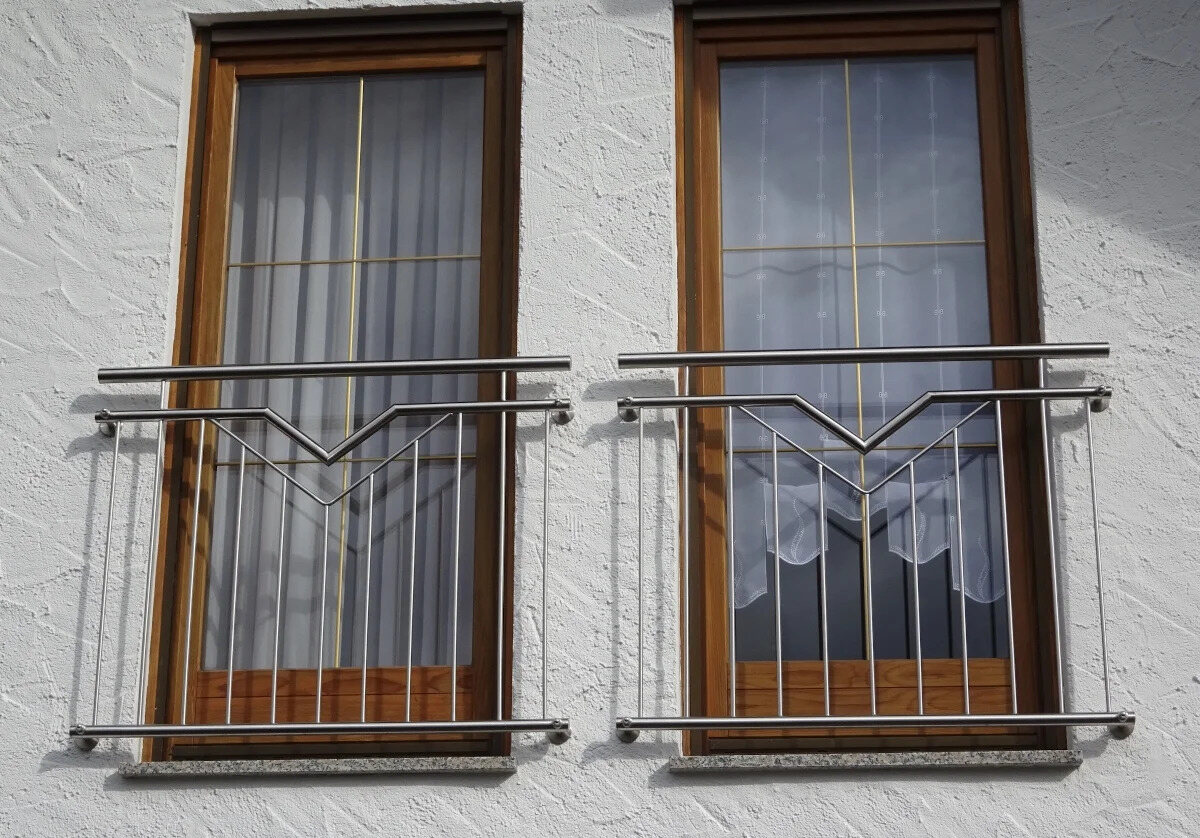
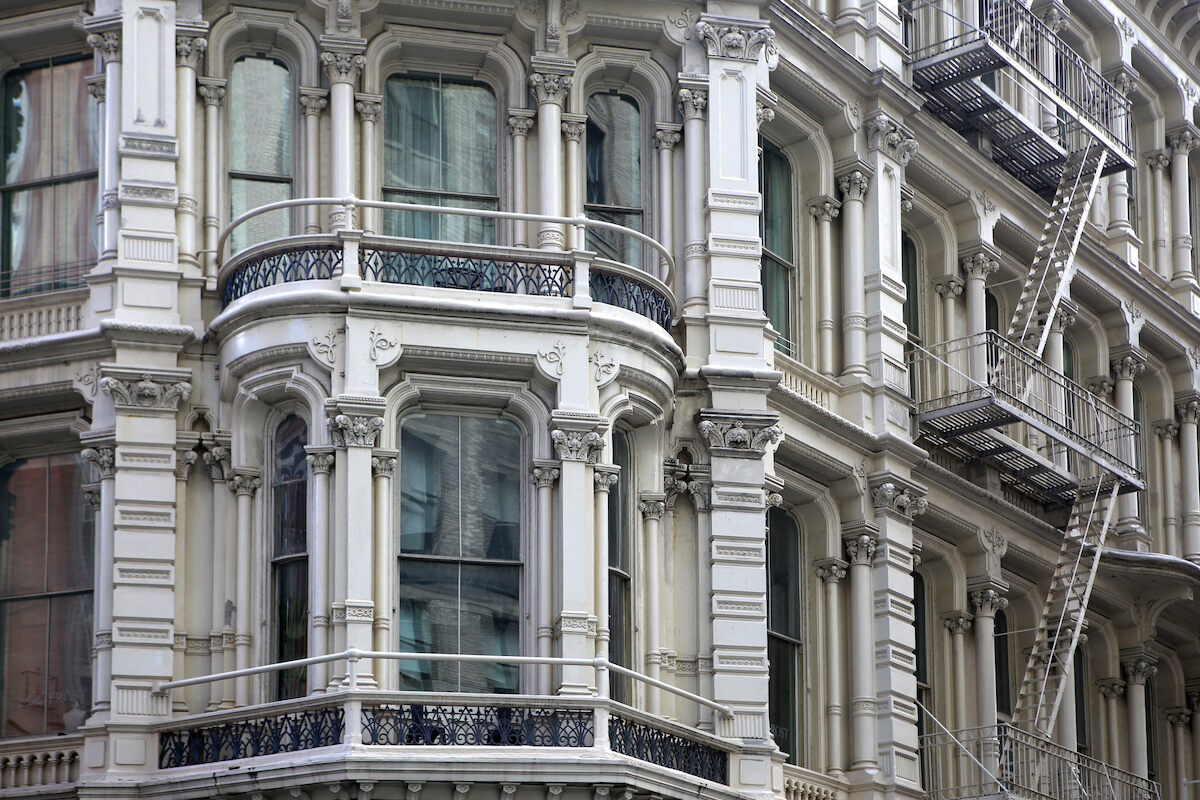
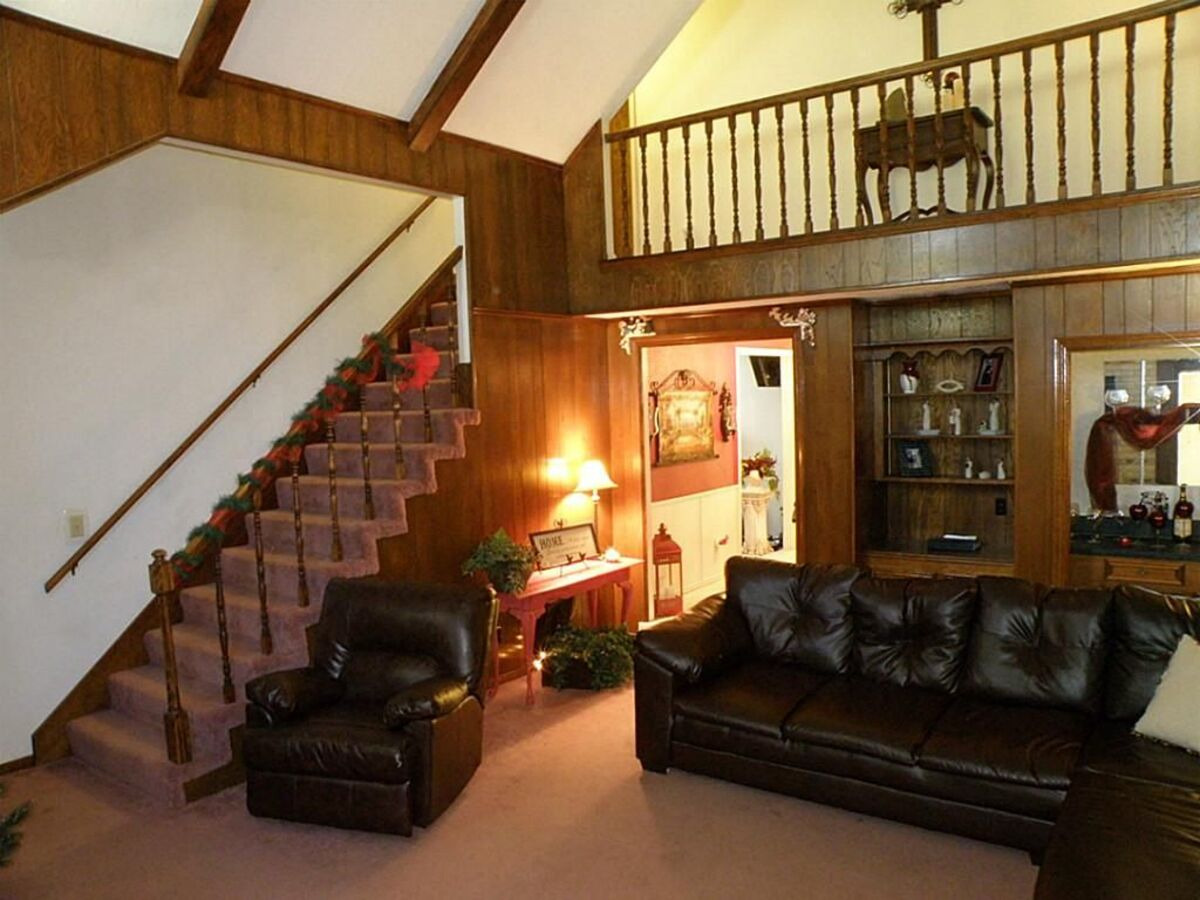
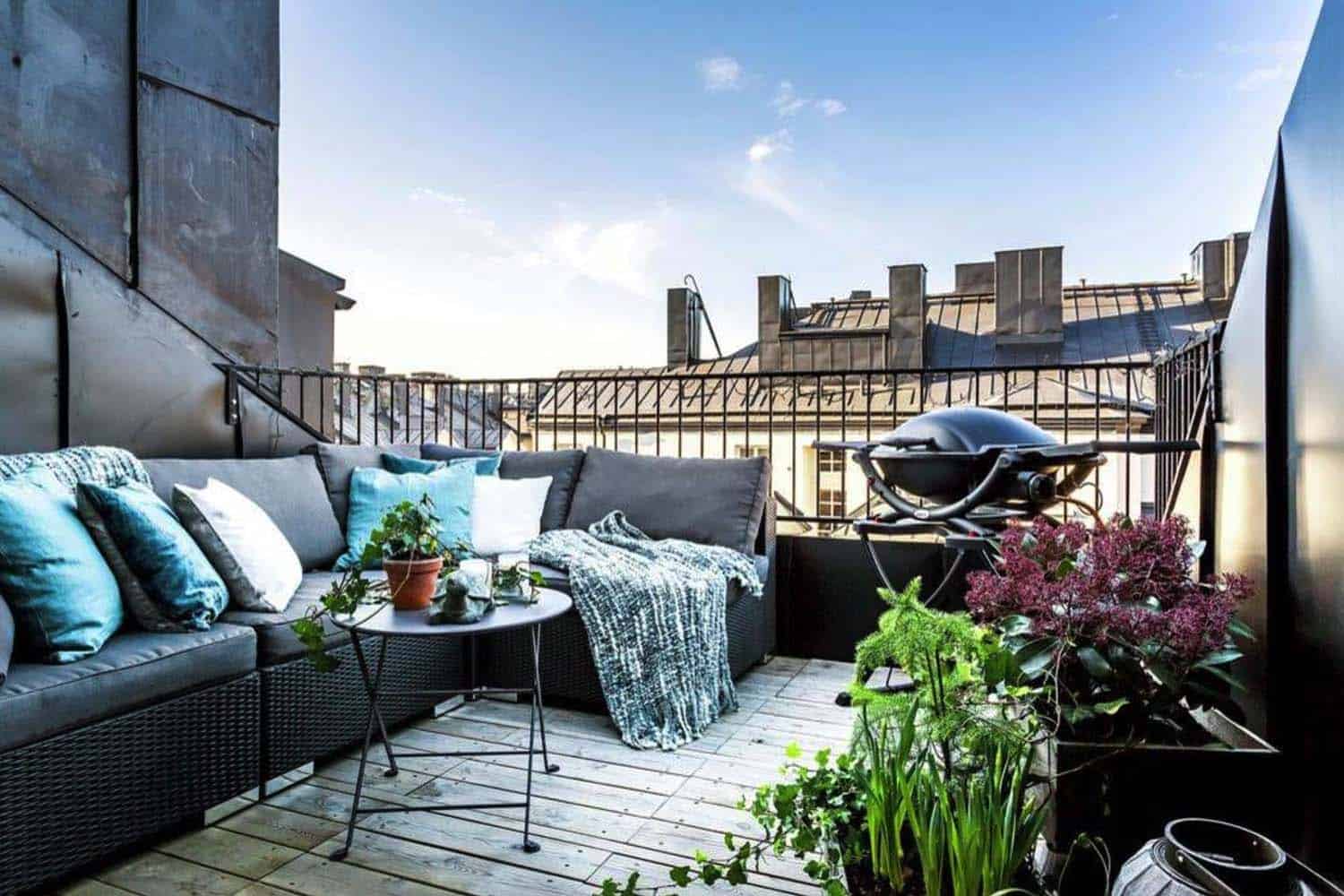
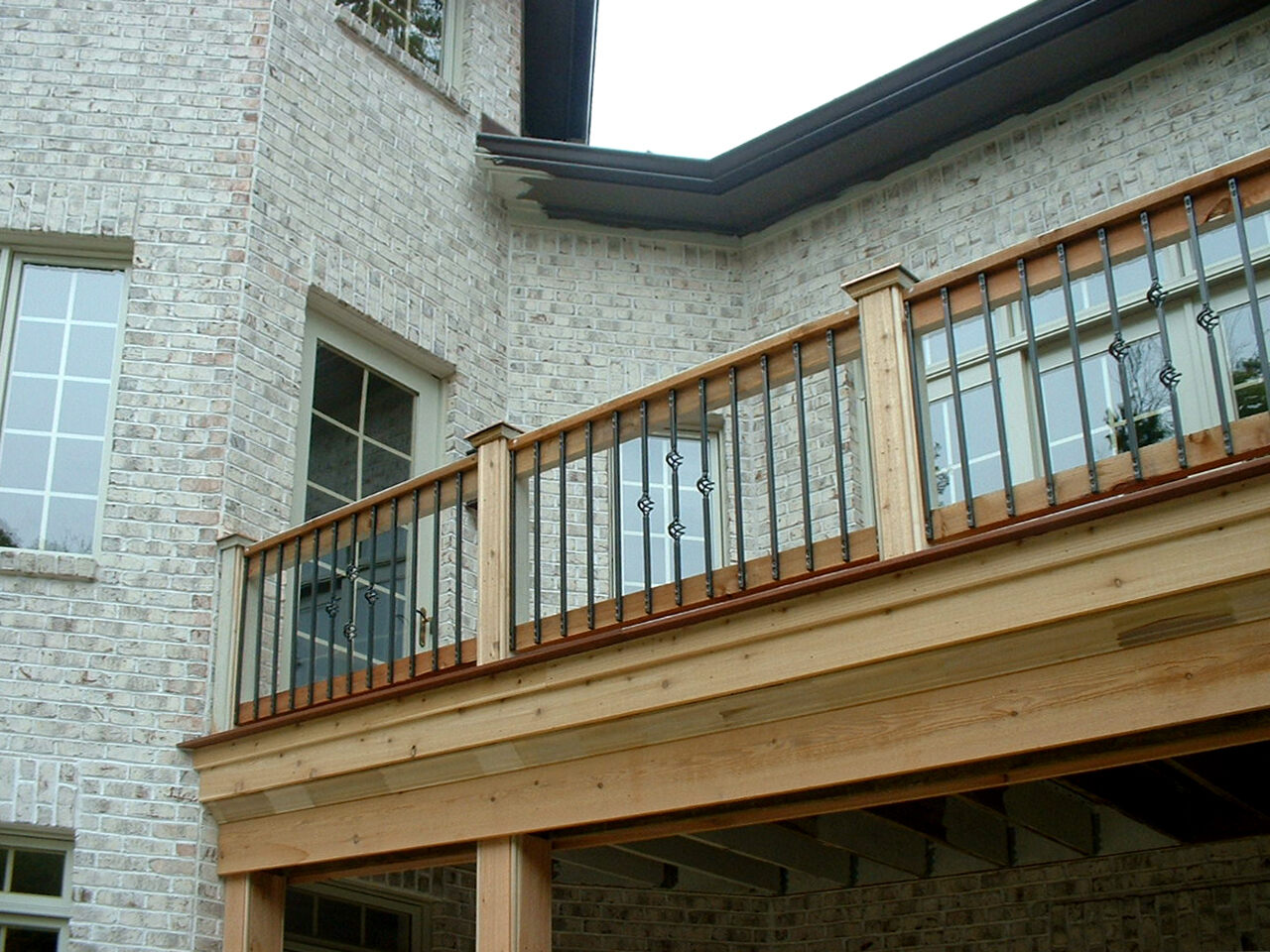


0 thoughts on “What Is A Virtual Balcony On A Cruise Ship”